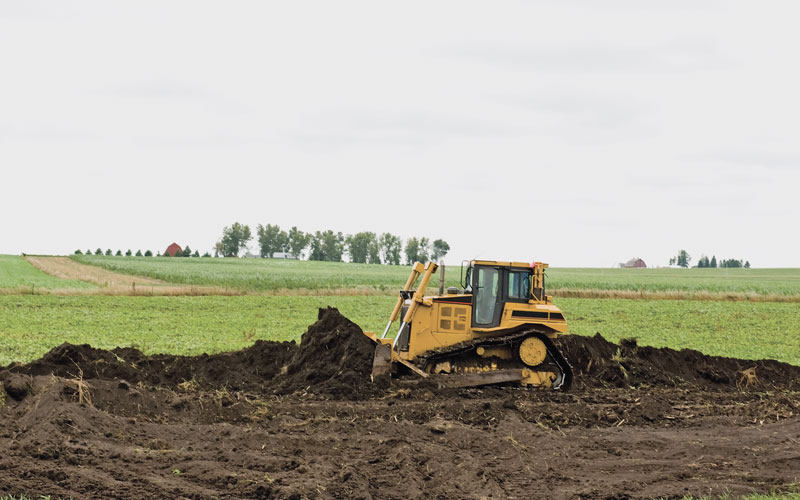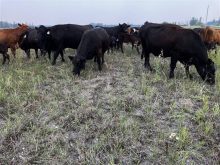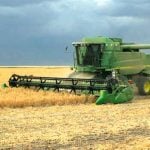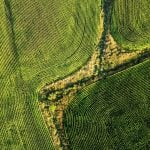Loss of farmland to subdivisions, strip malls and other non-agricultural uses is the focus of a cross-Canada research project getting underway this spring.
The amount of productive farmland being lost is well documented, said Doug Ramsey, a professor in Brandon University’s department of rural development. He will partner with a research team across Canada for the four-year study.
“In the last 40 years, farmland approximately twice the size of Prince Edward Island has been taken over for urban activities,” he said.
This isn’t a project to further document the losses but to explore what impact farmland loss is having on the country’s ability to be a food-producing nation. Researchers will focus on specific parts of the country where losses are occurring and what impact the losses are having regionally, Ramsey said.
Read Also
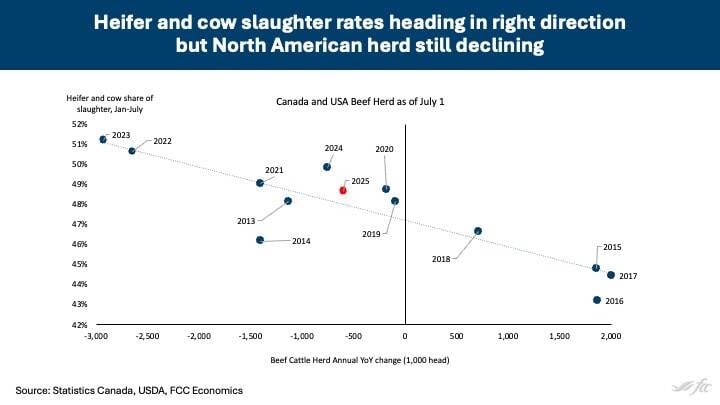
Livestock leads Canada’s farm economic outlook
Canada’s general economic growth is in decline, but pockets of good news exist in the agricultural world, largely for cattle and hogs, according to Farm Credit Canada’s September 2025 economic update.
“Our plan is, through a series of case studies, to look across Canada at examples of where that loss is taking place within a province,” he said. “As far as we know, this is the first academic attempt to pull people together across Canada to get a detailed understanding of where the best land is being lost.”
Winkler/Morden study
Ramsey said he hopes to map out a project to look at the disappearance of farmland in the Winkler and Morden region where new subdivisions are rising to accommodate the region’s expanding population. Ramsey says he hears concerns from both sides, including those who feel that development is being held back by policy, and those who see some of the best farmland in Manitoba being built over.
Ramsey said his own interest lies in how effectively and efficiently we develop agricultural land for non-agricultural purposes. This province isn’t facing the intensity of urban development the way B.C. and Ontario is. But we continue to build out and spread out as centres grow too.
“I think there are more efficient ways that we can allocate land and more efficient ways to use the land that we allocate,” he said.
The study will include consultations with farmers, civic leaders and both elected government officials and bureaucrats, Ramsey said.
Researchers hope to put forward a series of recommendations for policy-makers to guide land use planning at both local and national levels after the project is completed.


